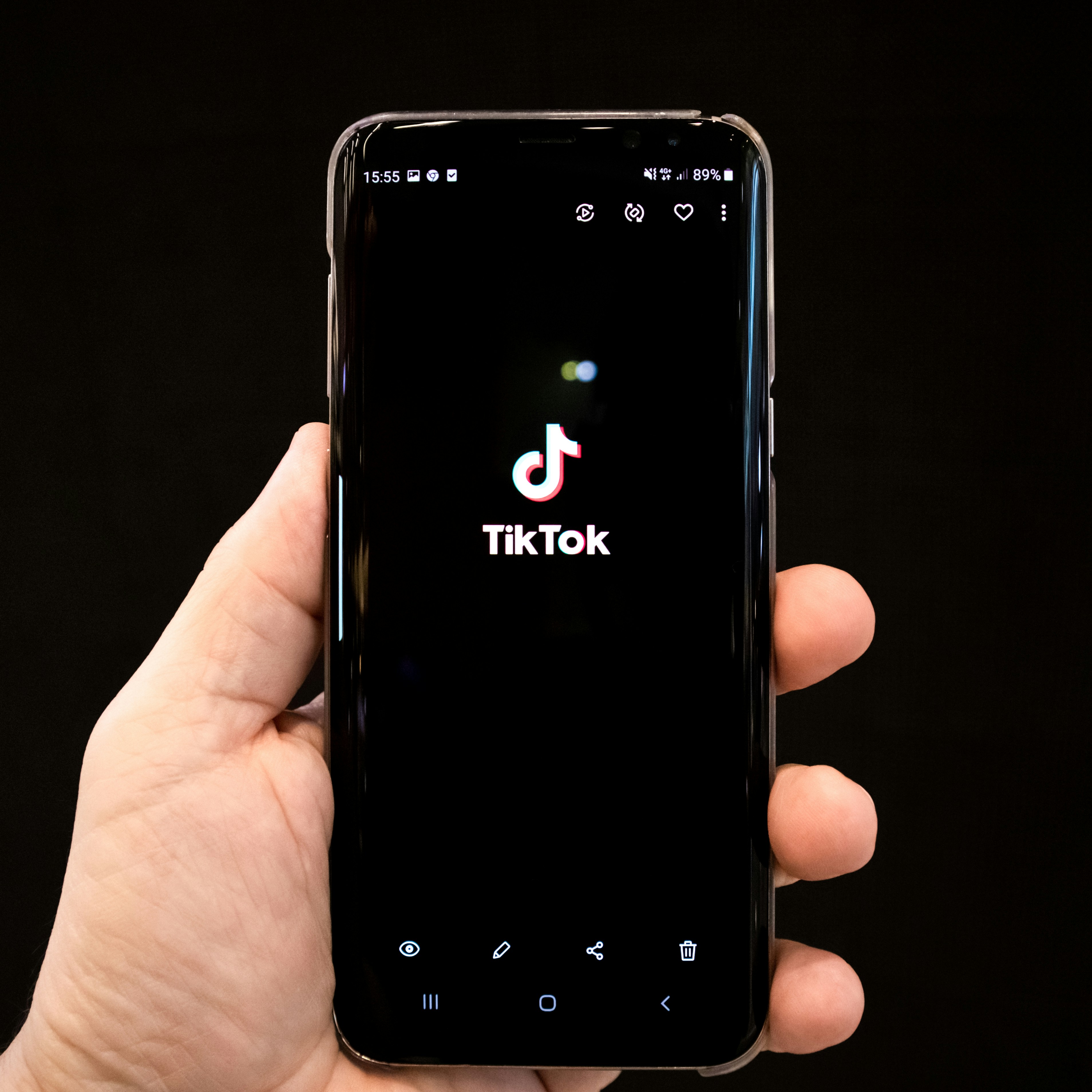In an era where digital interactions have become an integral part of our daily lives, the need for a safe and positive online environment has never been more critical. Recognizing this, TikTok, the global sensation in short-form video content, has taken a significant step forward in addressing one of the most pressing issues in the digital realm: cyberbullying.
TikTok's head of public policy for Malaysia, Kristoffer Rada, recently unveiled the platform's ambitious plans to develop and implement cutting-edge anti-cyberbullying technology. This announcement marks a pivotal moment in the ongoing battle against online harassment and underscores TikTok's commitment to fostering a safer digital space for its diverse user base.
"We are developing anti-cyberbullying technology that will help us detect and remove bullying and harassment on the platform," Rada stated during a forum on cyberbullying organized by WOMEN:girls, a local NGO. This statement highlights TikTok's proactive approach to combating negative online behaviors and its dedication to leveraging technology for the greater good of its community.
The development of this anti-cyberbullying technology is not just a technical feat but a testament to TikTok's understanding of the complexities surrounding online interactions. By focusing on detection and removal of harmful content, the platform aims to create an environment where users, especially young people, can express themselves freely without fear of harassment or intimidation.
Rada further emphasized the importance of this initiative by saying, "We want TikTok to be a place for authentic and entertaining content, and bullying and harassment have no place in that vision". This vision aligns perfectly with the growing global awareness of digital well-being and the need for responsible online communication.
The anti-cyberbullying technology being developed by TikTok is expected to utilize advanced artificial intelligence (AI) algorithms combined with human moderation. This hybrid approach ensures a balance between automated efficiency and nuanced human judgment, crucial for understanding the context and subtleties of online interactions.
Some key features of the anticipated technology include:
Real-time content analysis: AI-powered systems will scan videos, comments, and messages in real-time to identify potential instances of bullying or harassment.
User behavior monitoring: The technology will likely track patterns of user behavior to identify repeat offenders and protect vulnerable users.
Customizable filters: Users may have the option to set personalized filters to block certain types of content or interactions they find offensive.
Educational prompts: The system could incorporate pop-up messages or tutorials to educate users about the impact of their words and actions online.
Reporting enhancements: Improved reporting mechanisms will make it easier for users to flag inappropriate content or behavior for review.
While the technology is still in development, its potential impact on the TikTok community and the broader social media landscape is significant. By setting a new standard for online safety, TikTok is not only protecting its users but also challenging other platforms to step up their efforts in combating cyberbullying.
The importance of such initiatives cannot be overstated, especially considering the platform's popularity among younger users. According to Rada, "About 63% of TikTok users are between 16 and 24 years old". This demographic is particularly vulnerable to the negative effects of cyberbullying, making TikTok's efforts all the more crucial.
However, technology alone is not the complete solution to the complex issue of cyberbullying. TikTok recognizes this and is taking a holistic approach to online safety. Rada emphasized the platform's commitment to education and awareness, stating, "We also work with local partners to educate our community about online safety and digital literacy".
This multi-faceted strategy combines technological innovation with community engagement and education. By fostering a culture of digital citizenship and empathy, TikTok aims to create lasting change in how people interact online.
As the development of this anti-cyberbullying technology progresses, it will be interesting to see how it integrates with TikTok's existing safety features and community guidelines. The platform already employs various measures to protect users, including content moderation, age restrictions, and privacy settings. The new technology is expected to enhance these existing safeguards, creating a more robust defense against online harassment.
The announcement of this initiative has been met with enthusiasm from online safety advocates and users alike. Many see it as a positive step towards creating a more inclusive and respectful digital environment. However, as with any technological solution to a social problem, there will likely be challenges to overcome, such as ensuring user privacy and avoiding false positives in content flagging.
As TikTok continues to grow and evolve, its commitment to user safety sets a powerful example for the tech industry. By investing in anti-cyberbullying technology and promoting digital well-being, TikTok is not just protecting its platform but contributing to a broader movement towards a safer, more positive internet for all.
TikTok's development of anti-cyberbullying technology represents a significant leap forward in the fight against online harassment. By combining innovative tech solutions with community education and engagement, the platform is paving the way for a new era of digital interaction – one where creativity and authenticity can flourish without the shadow of cyberbullying.















